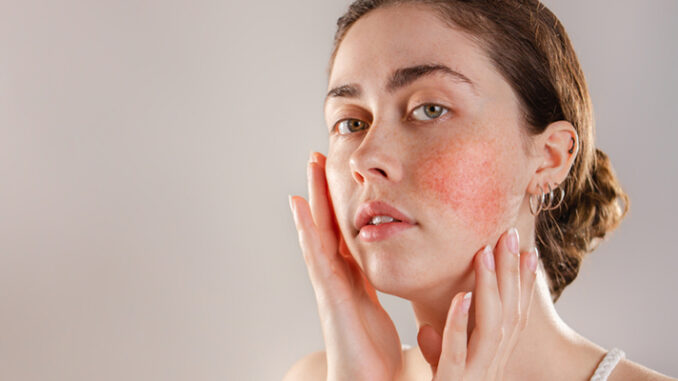3 Skin Conditions and What To Look Out For
As we go through life, there can be many things that cause irritation to our skin. It could be that we become allergic to a certain washing powder or perhaps something we have eaten leads us to develop a rash. Whatever the reason, it is important to be aware of the signs and symptoms of different skin conditions, so you can spot them when they occur and get treatment as quickly as possible. It is important to note that not all skin conditions are serious, but they still may require treatment.

So, within this article, we will go over three skin conditions and give you an idea of what to look out for.
Cellulitis
The first skin condition to discuss is cellulitis. Cellulitis is a common type of skin infection that can affect people of all ages, but those with weaker immune systems, like children and the elderly, are at more of a risk. If left untreated, cellulitis can be serious, so it is important to know what the signs and symptoms are, so you can seek medical treatment. As with most infections, one of the common symptoms of cellulitis is redness and swelling of the skin. Along with the redness and swelling, you may notice that the skin feels slightly hot to the touch, and it might also feel a little tender when you touch it. In some cases, the redness on the skin can turn into painful blisters, which is when it is important to see a doctor.
The treatment for cellulitis can be something as simple as an antibiotic tablet, so if you think you may have it, then call your doctor so they can prescribe you some effective antibiotics. It is important to get cellulitis treated as soon as possible as it can spread quickly to other parts of the body. If the rash and swelling is super painful, then you can apply a cold, wet dressing to it yourself as this can draw out some of the heat and ease the swelling. In the most severe cases, cellulitis can require surgery, so be sure you get your symptoms treated straight away to avoid this from happening.
Folliculitis
As the name suggests, folliculitis is a skin condition that affects the hair follicles. While it is most likely that folliculitis will occur on the hair on your head, there are follicles all over the body so folliculitis can appear anywhere you have follicles. Some other common places are the chest, back, arms, and legs. There are multiple causes of folliculitis, but some of the main ones are an infection or a blockage within the follicles. Additionally, if you have something on your skin that causes irritation, this can also lead to folliculitis. The first symptoms of folliculitis are often white heads or blisters that will be itchy and painful to the touch. Before they turn into a pimple or blister, they may appear as large, hard lumps, so keep an eye out for those.
When it comes to treatment for folliculitis, antibiotics can be prescribed if the infection is severe. However, there are some at-home treatments that you can do to ease some of the pain and swelling. If you have a lot of pus-filled blisters and pimples, then apply a warm compress to them as this will help them drain. Once they have drained, dry your best to keep them clean and if necessary, repeat the draining process again. If your skin is inflamed, then try applying some soothing lotions to ease some of the redness. As always, if symptoms get worse, then seek medical advice.
Impetigo
Although it is not serious, impetigo is a skin condition that is highly contagious. This is why it is so important to know the symptoms, so you can seek medical advice and stop it from spreading further. Any age can be affected by impetigo, but it is most commonly seen in younger children. The condition first presents itself as red sores or blisters and quickly changes to crusty skin after the blisters pop. The timeline from blisters appearing to them popping can happen quite quickly, which is why they sometimes go undetected. The patches on the skin are often compared to cornflakes as they are golden-brown in colour.
As this condition is so contagious, it is important to stay inside if you notice any of these symptoms. Call your doctor right away, and they can have a phone consultation with you. After a diagnosis, you will likely be prescribed an antibiotic cream that can be applied to the infected area. The antibiotics should clear up the infection within a few days, but it is still important that you finish the full course of antibiotics, so the infection fully goes away.
